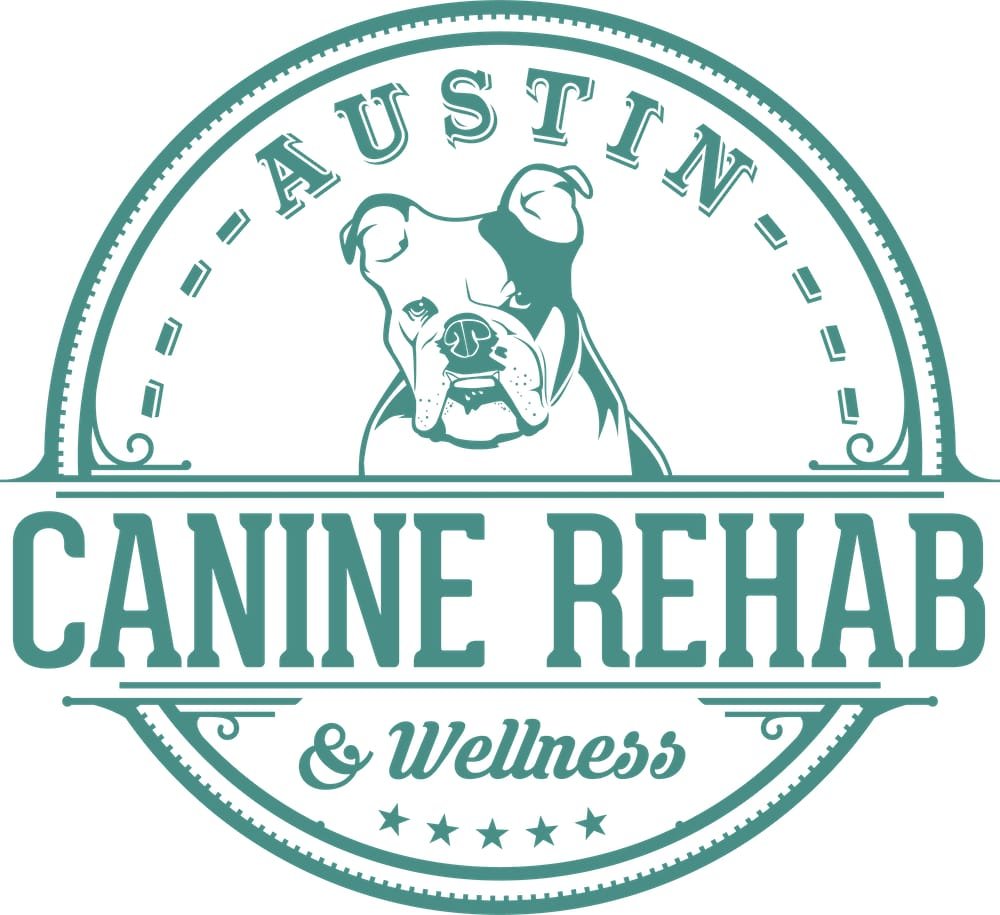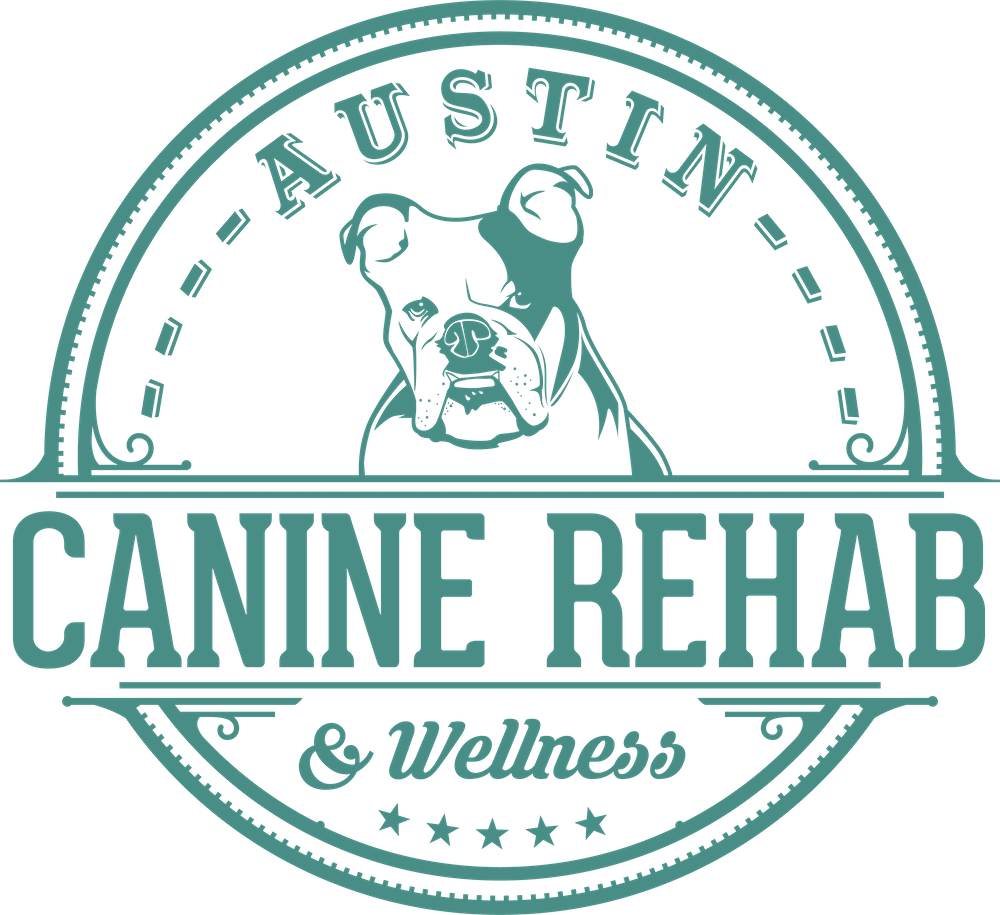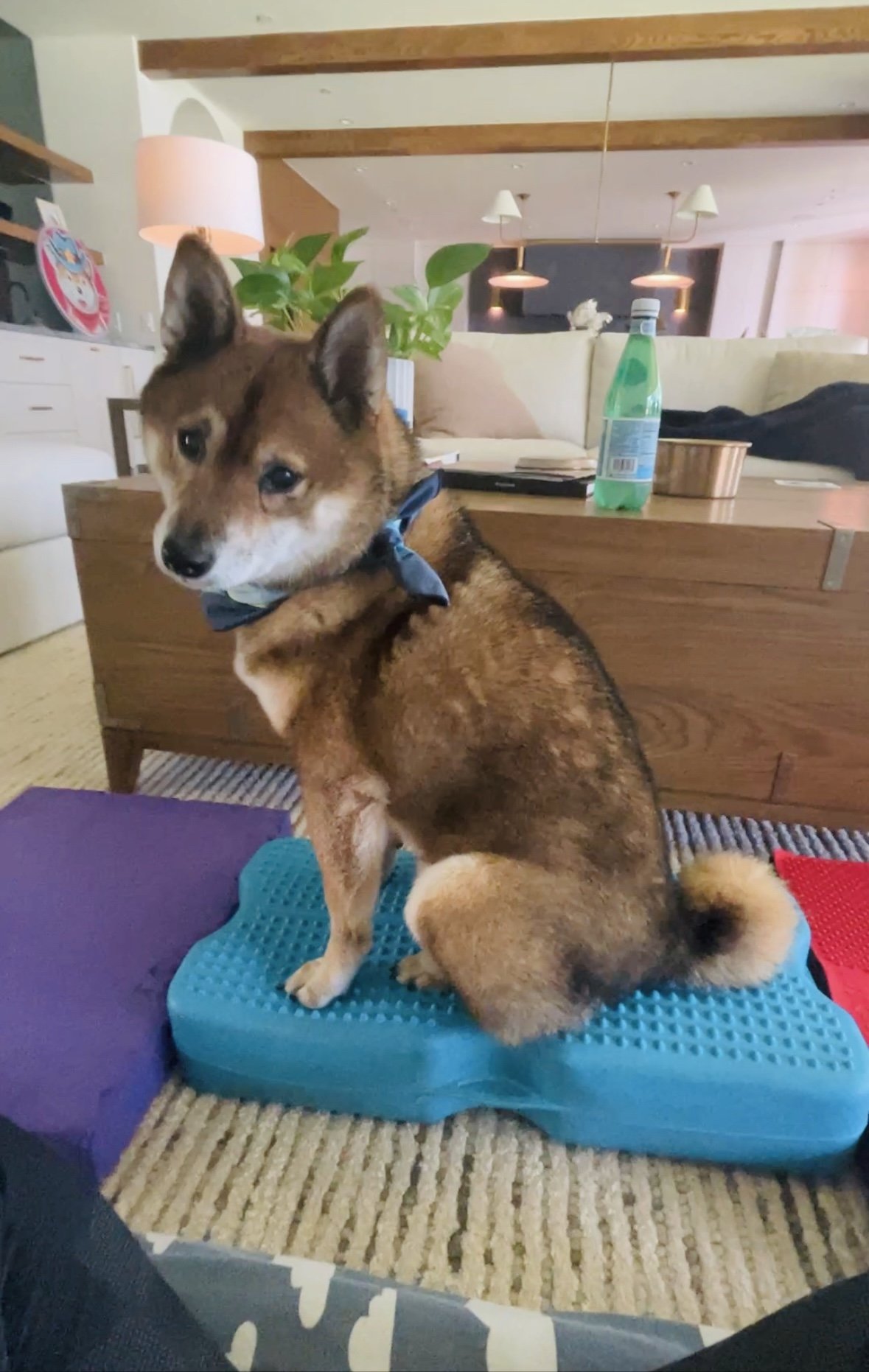Understanding Luxating Patellas in Dogs: Causes, Symptoms, and Treatments
A luxating patella is simply another way of saying a dislocated kneecap, and it is a condition that is relatively common in dogs. If you have recently noticed that your dog isn’t moving as freely or comfortably as usual, it could be that this condition is to blame.
So, what can you do about it? We’ll take a closer look at the topic below. Being proactive and finding ways to help your pet be more comfortable and active will improve the quality of life for all involved.
Causes and Risk Factors for a Luxating Patella
It’s rarely the case that there is a single cause for a health condition seen in dogs (or humans, for that matter). When it comes to a luxating patella in dogs, there are a few different possibilities that could lead to this point.
Genetics: Some breeds of dogs, typically smaller dogs, are more prone to experiencing a luxated patella than others. If you have a small breed such as a Pomeranian, Yorkshire Terrier, or Chihuahua, you might find yourself dealing with this issue at some point.
Injury: It’s possible for a trauma to lead to a luxated patella in your dog. This could come as the result of a sudden impact when your dog crashes into something while running, or it could result from a significant fall.
Obesity: If your dog is currently overweight, the additional pressure placed on the joints by that weight could lead to this condition, or it could make it worse.
Watching for These Luxating Patella Symptoms
Paying attention to how your dog moves while walking or running will allow you to notice if anything seems off about their gait. With regard to a luxating patella, there is commonly a skipping or hopping move that dogs will use to stay off of the affected leg and reduce pain. If you see this action occurring in your pet, take note and consider visiting the vet to explore the problem further.
Additionally, you might notice some signs of discomfort in your dog when you touch the area around their affected knee. Sensitivity to touch is generally a sign of a more accelerated, significant case of luxated patella.
Receiving a Proper Diagnosis for Patellar Luxation
Even if you have noticed some signs that you think may indicate a patella problem in your dog, a proper diagnosis needs to come from a veterinarian. Your vet can perform some specific tests on the dog during the exam, including checking on the knee joint and evaluating the gait and posture of the dog as he or she walks around. It’s also possible that X-rays will be needed to confirm or rule out the condition.
Two Types of Treatment Options for Luxating Patella in Dogs
As is the case with many different types of conditions that dogs can experience, there are two general categories of care that are possible – non-invasive treatment and surgical intervention.
When the case at hand is relatively mild – Grade 1 or 2 – it’s often possible to address the issue with treatments like rehabilitation therapy.
At Austin Canine Rehab, we are proud to offer non-surgical rehab to dogs in this position, and we can help them regain mobility and comfort without the need for an operation. In addition to rehabilitation, weight management is also important as a part of the process.
Of course, there are more severe cases of luxating patella that will need to be resolved with surgery. These are usually cases that are categorized as Grade 3 or 4, and non-invasive management (rehab) is unlikely to provide enough benefit at this point to support long-term recovery. However, following up with rehab is still an excellent option after the surgery has been completed, as this will help the dog recover to their previous level of activity.
Canine Rehabilitation as a Non-Invasive Option
For dogs who have a Grade 1 or 2 luxating patella, the outlook with canine rehabilitation is a positive one. Rehabilitation guided by a qualified professional like those here at Austin Canine Rehab can improve joint stability and strengthen muscles through the use of specific land-based exercises designed to deal with this condition. When successful, your dog will be relieved of the pain and discomfort that they have been experiencing for weeks or months and will be able to get back to enjoying many of their favorite activities once again.
An Encouraging Success Story
The case of Harley, a 9-year-old Shiba Inu who was treated by Austin Canine Rehab, is a great example of how luxating patellas can be addressed.
In Harley’s case, the problem was bilateral, meaning both back limbs were affected. Before coming to Austin Canine Rehab, Harley had surgery on his back left leg. When he came to us, we were able to offer appropriate post-operative care to get him back to full strength as soon as possible.
The recovery of the surgically repaired left leg was a success, but that wasn’t the only victory. We were also able to manage the luxation in his right leg, providing treatment that improved the grade of the condition without the need for surgery. In the end, the right leg avoided surgery entirely, and Harley is back to living a comfortable, enjoyable lifestyle.
Austin Canine Rehab is Ready to Assist
If you have received a diagnosis of a luxating patella from your vet and want to explore treatment options that can help your pet regain mobility and reduce pain, a call to Austin Canine Rehab is a good starting point. We’d be happy to chat with you and explain what services we can offer. Let’s connect today!
Frequently Asked Questions
-
Yes, a dog can live with a luxating patella, as long as proper management of the condition is provided. The right treatment could include non-invasive therapy, or in some cases, surgery.
-
There are factors that exist in smaller dogs such as Yorkshire Terriers, Chihuahuas, and French Bulldogs that tend to make them more prone to luxating patellas than other, larger breeds.
-
There are a number of signs to watch for that can point to this condition, including a skipping gait, sensitivity around the knee, intermittent lameness, and more.
-
This is a condition that can be extremely painful, but the level of discomfort that your dog is experiencing will depend on the specifics of their case.
-
As with most conditions, there is a range of potential recovery times that can be needed. When the condition is treated with conservative management, it can take somewhere between 3-6 months to reduce in grade or severity.





